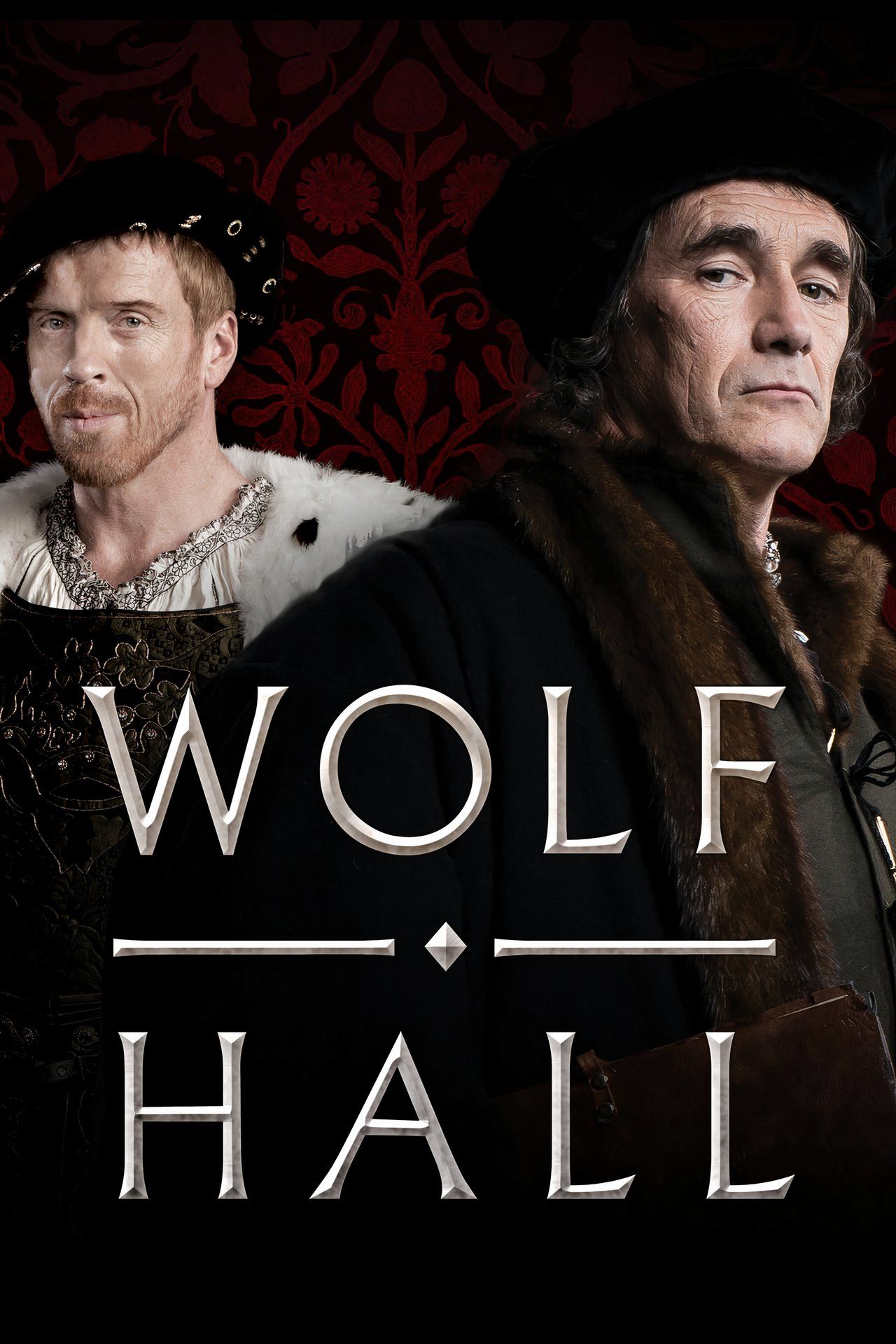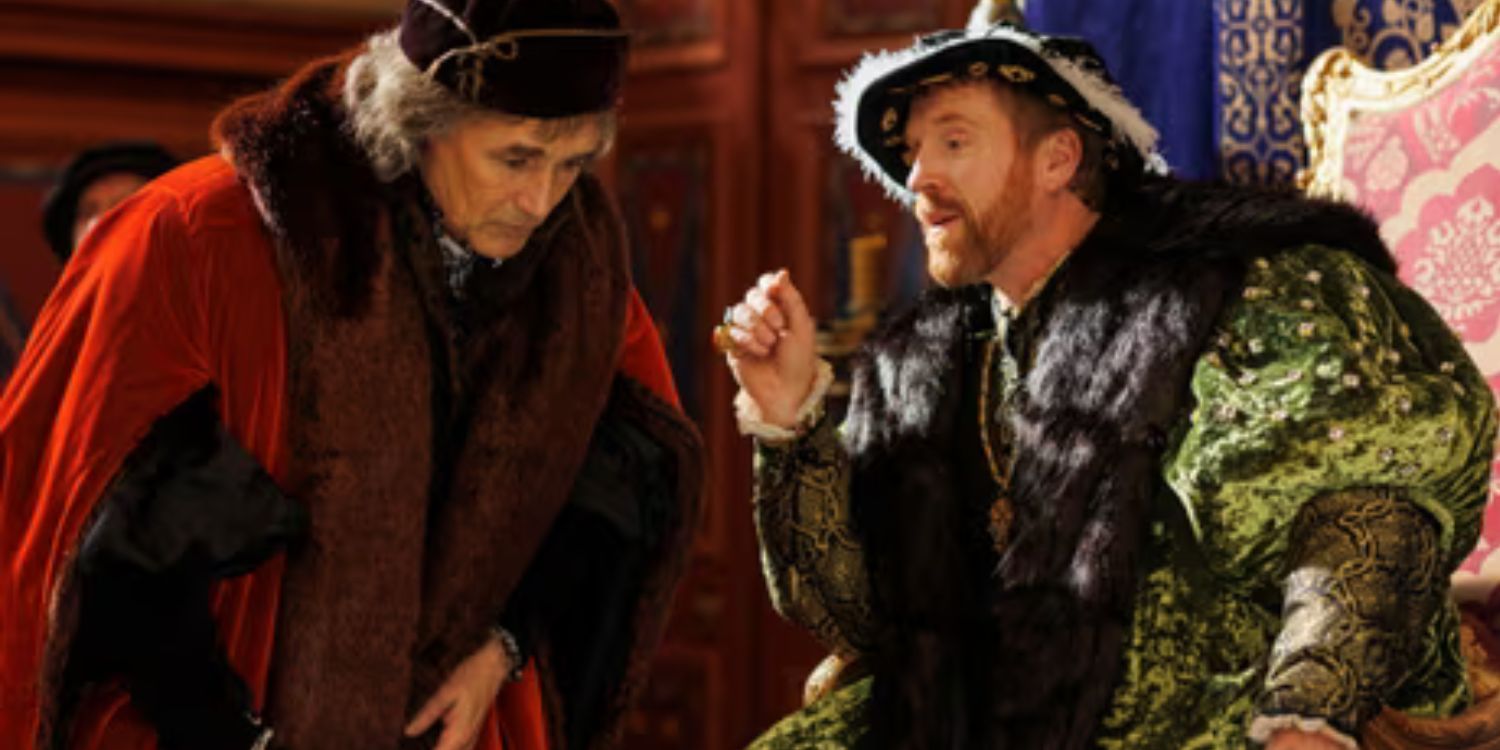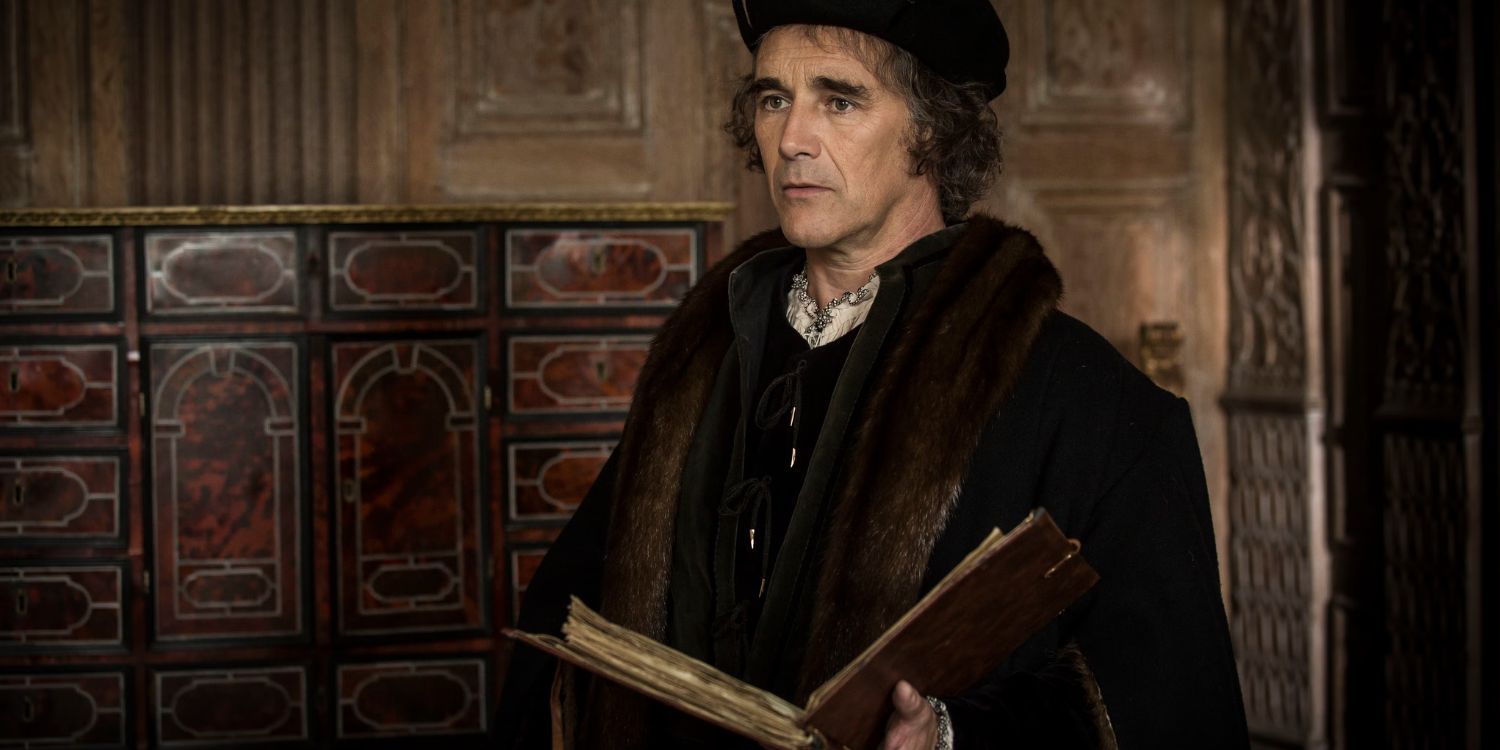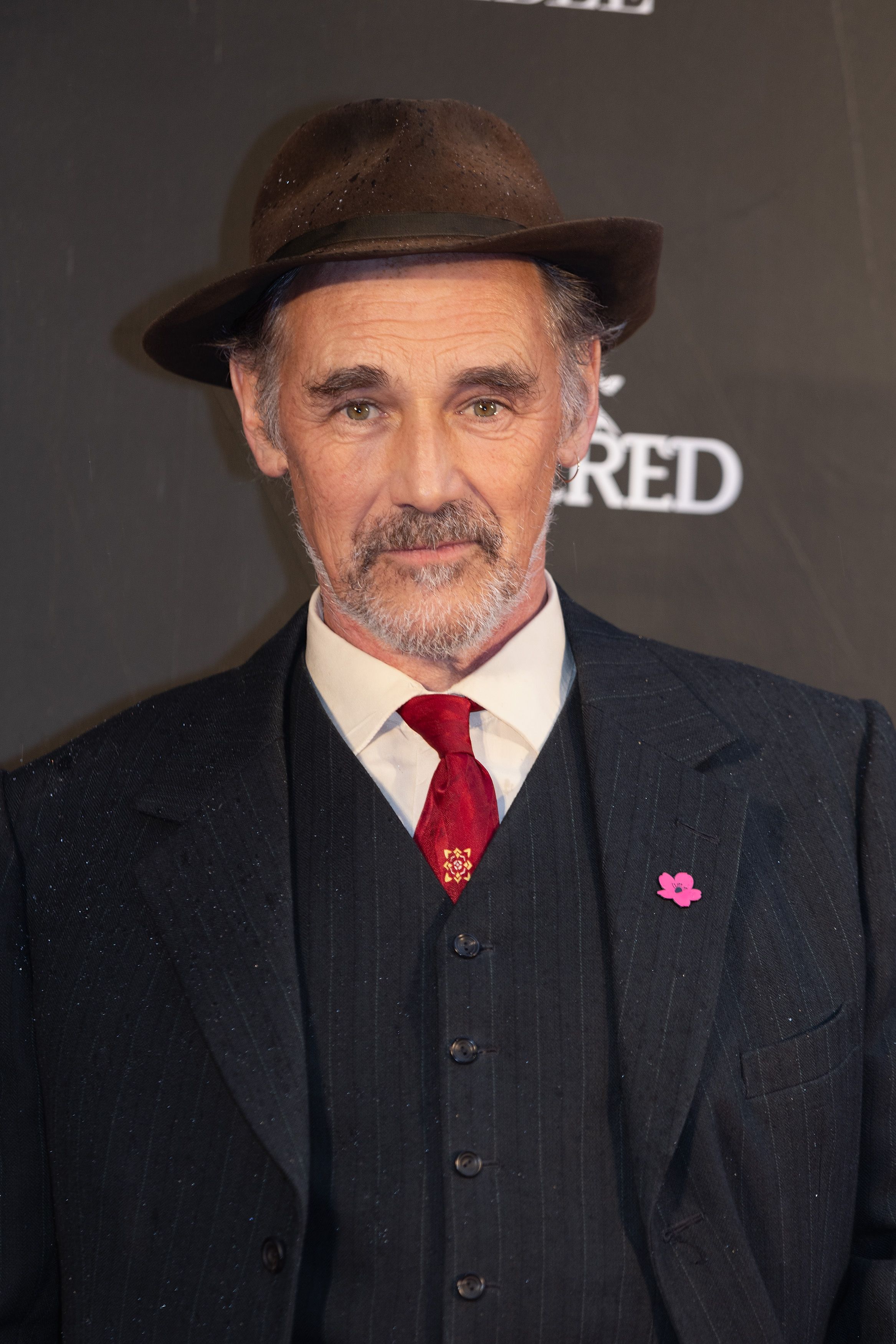Wolf Hall
admonition : Contains raider for Wolf Hall : The Mirror and the Light , episode 6.The finale ofWolf Halldelivered a hefty and poignant end . The prestige historical play returned this year after a long reprieve but made sure the wait was worth it throughout the sophomore season . The finale employs a recurring motive that has become a authentication of the series : the striking juxtaposition of expiry andHenry VIII ’s marriages inWolf Hall . This cyclic structure , evident from the very first episode , reaches its zenith asThomas Cromwell ’s ( Mark Rylance ) execution is dramatically countervail by Henry VIII ’s ( Damian Lewis ) marriage to Catherine Howard ( Summer Richards ) .
This mirroring not only cater a sense of closing but also run compelling parallels between Cromwell and Anne Boleyn ( Claire Foy ) , highlight the ruthless nature of Tudor court political relation and the uncertainness of even the most powerful perspective . Along with theartistic allegory used inWolf Hall ’s tapis , the show use this visual and narrative proficiency to create a heavy and lasting impact , underline their shared fates — both in the end discarded by a mogul driven by transfer desires and political expediency .
Cromwell’s Death Is Correctly Juxtaposed With Catherine Howard Being Dressed
Henry VIII Really Did Marry Catherine Howard On The Same Day
Henry VIII ’s chief government minister , Thomas Cromwell , went from lowly start to having immense force in England . However , after orchestratingKing Henry ’s ill - fated wedlock to Anne of Cleves , Cromwell , despite ab initio being pardoned , fall victim to his foeman ( viaHRP ) . While Henry had maintain him from them up to this level , his angriness about the marriage made him more vulnerable to use . They persuaded Henry that Cromwell was plotting treason , lead to his execution at Tower Hill despite his desperate plea for , as he famously stated in his letters to Henry , " mercy , mercy , mercy,"—replicated inWolf Hall .
Wolf Hallalsoportrays Henry VIII begin his next marriage on the same day as Cromwell ’s execution;incredibly , this is honest . The date of both event was July 28 , 1540 . Their wedding was at Oatlands Palace in Surrey ; Catherine was officially make out as poove at Hampton Court Palace on August 8 . The motto adopt by Catherine was " Non autre volonté que la sienne , " meaning " No other will but his . " By the metre of his fifth married couple , Henry VIII was 49 , while Catherine was only 17 . The French embassador described the well - like Catherine as " delightful " ( viaThe story of England ) .
The Death And Marriage Juxtaposition Brings Wolf Hall Full Circle
Wolf Hall’s Storytelling Has A Cyclical Structure
The strike collocation of last and marriage inWolf Hallcreates a brawny sense of closure , bringing the narration full circle . Early in the series , viewers were confronted with a particularly potent exercise of this technique : the starkly counterpoint imaging of Anne Boleyn ’s execution interlinking with scenes of Henry gear up for his marriage to Jane Seymour ( Kate Phillips ) . The show ’s ocular presentment amplify the historical realism of this fleet remarriage , occurring just ten days after Anne ’s death .
Acclaimed Wolf Hall has return for time of year 2 and has picked up where it leave off — but how historically exact was Anne Boleyn ’s execution ?
This artistic choice transcends mere historical telling — it elevatesWolf Hallto the level of prestigiousness dramatic event . The poetical collocation of these life - interpolate result — one ending in brutal finality , the other beginning with promising anticipation — speaks to the cyclical nature of power and the relentless march of clip within the Tudor tribunal . This virtuoso use of visual storytelling is a central gene contributing toWolf Hall ’s hold up appeal and widespread critical acclaim , solidify its place as a compelling and thought - kindle diachronic dramatic event .

Wolf Hall’s Full Circle Moment Parallels Cromwell With Anne Boleyn
Thomas Cromwell And Anne Boleyn Were Both Essentially Discarded
Another striking essence of the marriage and death storytelling is that it liken Thomas Cromwell ’s fate to Anne Boleyn ’s . WhileWolf Hall ’s source material by Hilary Mantel is appealing to Cromwell , conform it visually gives the mirrored fate of these two figure a poetic irony . The cyclical nature of the show emphasize this , but it is not the only room they are mirrored . It is also obvious that leading up to their respective criminal prosecution , they had both become less useful to Henry VIII . As Norfolk identify in the episode , Henry is quick to fling people .
Wolf Hall has Cromwell haunted by Boleyn ’s end .
In Anne ’s example , it was a miscarriage that was the tipping head for Cromwell to swoop on to begin ride a damnatory case against her . In Cromwell ’s face , the scenery was set for Henry becoming raring with him in the former instalment . The drawn-out yet fascinate scenes in theWolf Hallfinale when Cromwell is discourse with his accusers show the " grounds " of his lese majesty , includingCromwell ’s alleged intentions to marry Lady Mary , as patently preposterous . However , it also echo the fabricated grounds against Anne Boleyn and her pal George , showing howWolf Hallhas Cromwell haunted by Boleyn ’s dying .

Source : HRP , The History of England
Your Rating
Your gossip has not been saved
Cast
Wolf Hall is a historical dramatic event series starring Mark Rylance as Thomas Cromwell . Set in the early sixteenth one C , it chronicle Cromwell ’s boost to power in the court of King Henry VIII , played by Damian Lewis . The series is an adaptation of Hilary Mantel ’s novels " Wolf Hall " and " Bring Up the consistence , " depicting the political manoeuvre and personal drama of the Tudor era .

Wolf Hall is a historical drama series starring Mark Rylance as Thomas Cromwell. Set in the early 16th century, it chronicles Cromwell’s rise to power in the court of King Henry VIII, played by Damian Lewis. The series is an adaptation of Hilary Mantel’s novels “Wolf Hall” and “Bring Up the Bodies,” depicting the political maneuvers and personal drama of the Tudor era.



